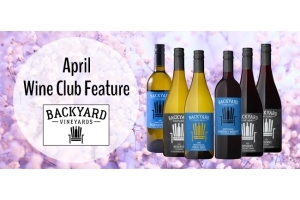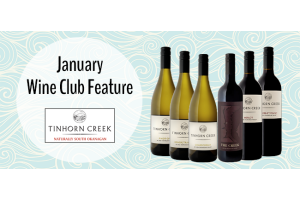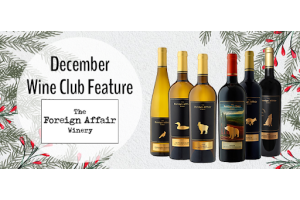Wine 101: To Oak or Not To Oak
Looking at the bottles in the Chardonnay section of a wine store, one has to wonder why so many producers now insist on mentioning ‘no oak’ on wine labels. How did this wood container, the vessel of choice since the era of ancient Rome, become the enemy of some wine consumers?
Let’s go back to why it was first chosen. Hard yet malleable, light and watertight, it has all of the qualities needed to be the perfect container not only to preserve wine, but also to transport it. In addition to that, it can add flavour and contribute to the depth of flavours in a wine.
When an oak barrel is old and has been used for many years, it does not impart many flavours. In that case, a winemaker will choose an older wooden barrel over a neutral and airtight container (like concrete or stainless steel) for the oak’s slight oxidation process. The latter rounds out the wine and softens its texture. If the barrel is new, the wine will leach out the flavours of the wood. Vanilla, coconut, toast, cedar, caramel, and smoke are all aromas associated with wood.
The intensity of these wood flavours is what has given a bad reputation to oak. Just like in cooking, it’s about finding the perfect balance. If you add too much salt, all you’ll taste is salt. But if used properly and in the right amount, it will enhance the flavours of the dish. The same goes for oak. It’s not about the ingredient but rather the ability of the winemaker to use it judiciously.
Size also matters. A small new oak barrel will give out much more flavour to a wine than a large wood barrel. And the greater the heat used to toast the staves of the barrels, the more flavour you’ll get too. Light, medium, or high toast? It’s up to the winemaker to choose when he or she buys the barrels. Finally, each type of oak has its own flavour profile and attribute. For example, American oak tends to give out more obvious coconut flavours while French oak tend to be subtler and mellower.
Whether you buy white OR red wine, it’s not the oak that you should fear but rather how it was used. If you’ve got a good chef, the food is always perfectly prepared and flavoured. The same thing goes for wine. Santé!
Michelle Bouffard is a wine educator and journalist who splits her time between Montréal & Vancouver. She co-owns the Vancouver-based company ‘house wine’ and is the president of the BC Chapter of the Canadian Association of Professional Sommeliers. She Tweets @michellebwine and Instagrams @michellebouffard.





